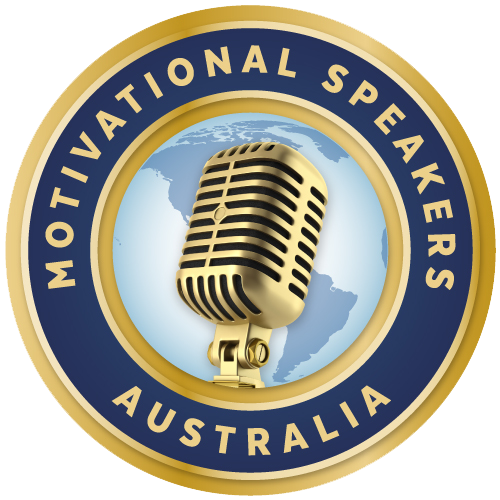some interesting reading for you…
many lessons to be learnt from the story of Starbucks
Posted by John Quelch for Harvard Business Publishing
Starbucks announcement that it will close 600 stores in the US is a long overdue admission that there are limits to growth.
In February 2007, a leaked internal memo written by founder Howard Schultz showed that he recognized the problem that his own growth strategy had created: Stores no longer have the soul of the past and reflect a chain of stores vs. the warm feeling of a neighborhood store. Starbucks tried to add value through innovation, offering wifi service, creating and selling its own music. More recently, Starbucks attempted to put the focus back on coffee, revitalizing the quality of its standard beverages. But none of these moves addressed the fundamental problem: Starbucks is a mass brand attempting to command a premium price for an experience that is no longer special. Either you have to cut price (and that implies a commensurate cut in the cost structure) or you have to cut distribution to restore the exclusivity of the brand. Expect the 600 store closings to be the first of a series of downsizing announcements. Sometimes, in the world of marketing, less is more.
Schultz sought, admirably, to bring good coffee and the Italian coffee house experience to the American mass market. Wall Street bought into the vision of Starbucks as the third place after home and work. New store openings and new product launches fueled the stock price. But sooner or later chasing quarterly earnings growth targets undermined the Starbucks brand in three ways.
keep reading…

